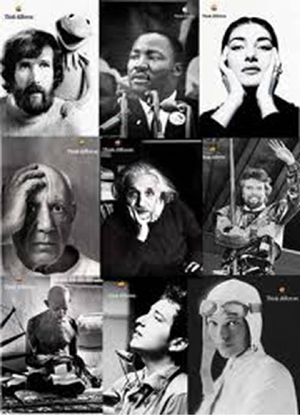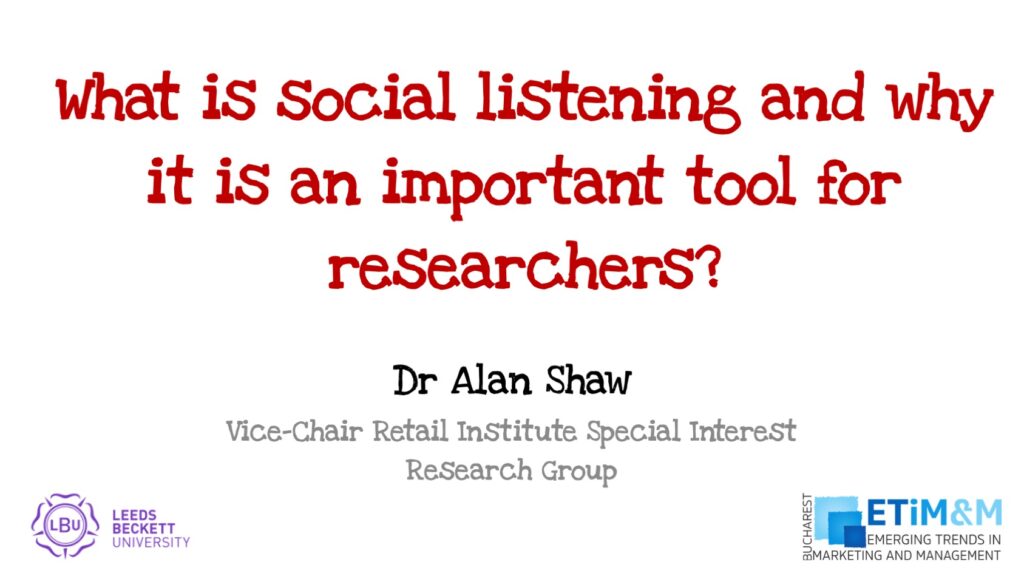Once upon a time….. a phrase that conjures up mixed emotions from our childhood and embodies the concept of storytelling. Stories have the power to transport individuals to a different plane, taking on a higher power and giving a greater degree of meaning (Baker and Boyle). More importantly, they can be told time and time again.
This is the first of three articles that will look at the ideas and background concerning corporate communication. It then accesses the potential to use storytelling within a company. Finally it ends with the recommendations to ensure the successful implementation of the project.
Storytelling is the basic human process of making judgements about the world (Watson): its origins can be demonstrated right back to prehistoric times with cave paintings. Yet few companies employ storytelling either strategically or tactically. Those that have can demonstrate strengthening bonds that bind employees to the company giving them an ability to differentiate itself from competitors (van Riel and Fombrun).
Van Riel and Fombrun, also stated that a corporate story is a structured textual description to communicate the essence of the company to all stakeholders. The author feels that this definition is restrictive: the format of storytelling can and should utilise a multitude of mediums including text, video, audio and graphics. As an example: in 1997 Apple computers launched, a TV commercial, titled “Think Different” (see the video below):

Although classed as a commercial, it has all the traits of a great story even the visuals were later used as a poster campaign:
Hornby, suggest that this single ad restored Apple’s reputation, yet, none of Apple’s products were included in it. The success of the story was based on the strong emotional tie between famous individuals and Apple.
Wallemacq & Sims and Johnson & Scholes identified that individuals find it easier to remember entirely in stories. They also suggest that storytelling can and should be used to take on deliberate strategic and tactical purposes. The above example demonstrates how Apple used storytelling to strategically reposition their corporate image.
The principles behind corporate storytelling are best explained by Guber:
- Truth to the teller: authenticity is a crucial quality of the storyteller. Deviations from the fact will come to light, causing a loss in credibility and reputation to the business.
- Truth to the audience: there needs to be an understanding of what the audience knows about, cares about, and wants to hear. The story must resonate with those needs, from the beginning to the end; it must be an emotionally satisfying journey.
- Truth of the moment: the story should be tailored to suit the listener’s needs. It should sound different each time it is heard although the underlying message must remain the same.
- Truth to the mission: the story must offer a value proposition that is worthy of its audience.
So what is the potential for an organisation to story tell? We shall tackle that question in the next two weeks.
Credits:
The lead picture is of the work by nuttakit's:
http://www.freedigitalphotos.net/images/view_photog.php?photogid=1556
Alan Shaw
Latest posts by Alan Shaw (see all)
- What is social listening and why it is an important tool for researchers? - July 31, 2021
- COVID-19 and Remote Learning: Experiences of parents supporting children with SEND during the pandemic. - June 30, 2021
- Using Netnography To Evaluate The Launch And Collapse Of The European Super League - April 21, 2021
- Developing Semi-Structured Interview Questions: An Inductive Approach. - April 9, 2020
- Developing Semi-Structured Interview Questions: A Deductive Approach - April 9, 2020
















